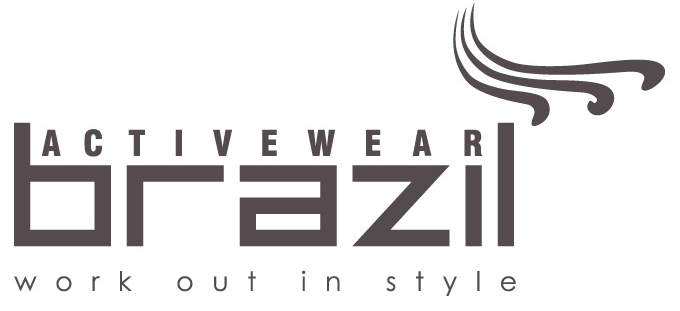What will happen to the activewear trend?
Posted on August 17 2018

First, the golden question: is activewear still in growth?
There has been so much hype around the soaring activewear market over the last few years, thanks to major shifts in consumer lifestyles.
In search of new headlines, the media chases signs of activewear’s bubble bursting, scouring the runways for evidence of dwindling athleisure references.
That in itself muddies the real truth behind activewear. First up, forget athleisure – that’s a trend inspired by the consumer shifts. It’s a trend that is still around, sure, but this isn’t where retailers should be focusing their energies.
Instead –as active lifestyles are here to stay– it’s apparel that is actually made for movement that is where we should all be digging.
According to Global Industry Analysts Inc., sports and fitness apparel clothing will reach $231.7 billion worldwide by 2024.
In getting there, how has the activewear market changed over the years, and where will it go next? Here is how a sample of ‘traditional’ sports retailers have increased their assortment over the last two years:

If we look at how much product was in stock at the close of last quarter (Oct 1 – Dec 31 2017) compared to the same period in 2015, we can see a 33% climb.
But the reality is that this is a market taking steps forward alongside its consumer. There is clear growth, though it’s not happened suddenly or impulsively.
New players in the game
Where there has been eyebrow-raising growth is at those retailers not typically known for their sports offering. Retailers like Topshop, H&M and Forever 21, as well as those like Net-a-Porter and Matches.
Here’s how growth has worked out for a sample of 38 of those retailers:

You can see that this is where the sensation around activewear stems from. While traditional sports retailers climbed 33% in Q4 over two years, these non-traditional retailers rocketed 99%.
This makes clear sense. If consumers are spending more of their time in active apparel, they’re spending less time in regular apparel, the core of these retailers’ businesses. So non-traditional sports retailers have had to get in on the game, creating a big spike.
Despite the large leap, the total market is only one tenth of the size of the existing sportswear market.
Recent retailers who’ve entered the activewear market, with their own collections, include Burton, Joules, Ann Summers and Boohoo Man.
How have those new market entrants impacted pricing?
We monitored pricing over time on three core items in activewear: leggings, sports bras and footwear. Our smart AI filters are able to identify what is technical sports apparel from what is simply sports-styled fashion, so we’ve used that throughout this research.
Pricing on the traditional sports market has maintained steady, mostly unremarkable growth. This is sure sign of a stable market, not on its knees or in time of critical flux.
Pricing at non-traditional retailers of activewear is much more erratic. These retailers are still discovering what the relationship is like with their customers, as well as with their suppliers and manufacturers.
Critically, across the board, neither market on any product closed 2017 at a lower average price point than the start of 2015. We’re still growing folks!
